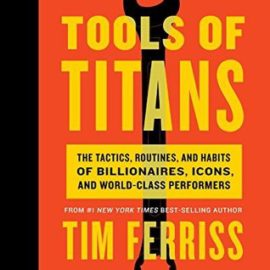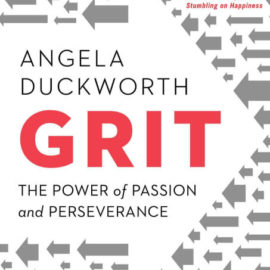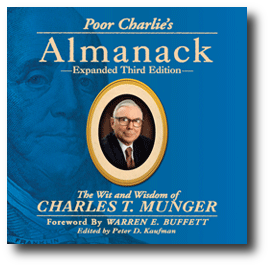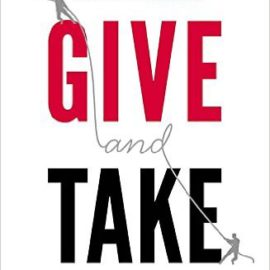Want to learn the ideas in David and Goliath better than ever? Read the world’s #1 book summary of David and Goliath by Malcolm Gladwell here.
Read a brief 1-Page Summary or watch video summaries curated by our expert team. Note: this book guide is not affiliated with or endorsed by the publisher or author, and we always encourage you to purchase and read the full book.
Video Summaries of David and Goliath
We’ve scoured the Internet for the very best videos on David and Goliath, from high-quality videos summaries to interviews or commentary by Malcolm Gladwell.
1-Page Summary of David and Goliath
Overall Summary
Malcolm Gladwell’s 2013 book, David and Goliath: Underdogs, Misfits, and the Art of Battling Giants is an investigation into the relationship between underdogs and giants. He looks at a Biblical story about David overcoming Goliath to see how it relates to other underdog stories in history. Critics say that he didn’t do enough research for this book or support his arguments well enough because some of them don’t stand up to scrutiny.
The book is divided into three parts. The first part deals with the advantages of disadvantages and how that can be used to beat your competition. This section uses examples from Vivek Ranadivé, Teresa DeBrito, and Caroline Sacks.
Vivek Ranadivé had no experience with basketball, but he was able to coach his daughter’s team and get them into the national level of competition. Teresa DeBrito is a school principal whose students appear to be getting worse academically even though class sizes are decreasing, which goes against what we would normally expect. Caroline Sacks chooses an elite Ivy League university for her science degree, but eventually leaves science entirely because she cannot measure up to other students at that institution. She could have excelled at another college or university.
Part 2, “The Theory of Desirable Difficulty,” introduces the idea that there are some weaknesses that force people to improve in a way that others who do not share the apparent weakness cannot access. Gladwell demonstrates this with stories about David Boies (a lawyer), Emil Freireich (a doctor) and Wyatt Walker (one of Martin Luther King Jr.’s chief strategists). He posits that their dyslexia was an advantage because it forced them to focus on memorization skills, persuasion and adaptability—skills sometimes more useful for trial lawyers than attention to detail or legal briefs. Doctors like Emil Freireich overcame his childhood hardships by developing innovative treatments for leukemia patients. And one of Martin Luther King Jr.’s top aides used cunning tricks during protests in order to gain traction for the movement; he turned their weakness in numbers into a need for cunning.
In the third part, “The Limits of Power,” Gladwell discusses how power is not always enough to achieve a desired result. He uses Rosemary Lawlor, Mike Reynolds, Wilma Derksen and André Trocmé as examples for this. In the 1970s, Lawlor witnessed firsthand how mismanagement by the British Army worsened an already difficult situation in Northern Ireland. She also saw that Three Strikes law instituted by Mike Reynolds did not lower crime rates in California after his daughter was murdered. Wilma Derksen forgave her daughter’s murderer instead of seeking justice through retribution or punishment and André Trocmé never made a secret out of hiding Jews from Nazis during World War II France.
Part 1, Introduction: “Goliath”
Gladwell discusses a story from the Bible about David and Goliath. The Israelites were in war with the Philistines, but they couldn’t win because of their champion, Goliath. He was so big that no one wanted to fight him until this boy named David stepped up and volunteered to fight him even though he didn’t think he could win. Gladwell’s project is about how people can overcome giants—powerful opponents who are bigger than them or have more power than them—through determination and creativity.
There are two main lessons. The first is that the struggles people endure can leave them with beautiful and great accomplishments, even if they lose in the end. The second is that although these conflict scenarios seem negative at first, appealing outcomes might occur later on which makes it better to look beyond a situation’s immediate circumstances to see what could happen instead.






